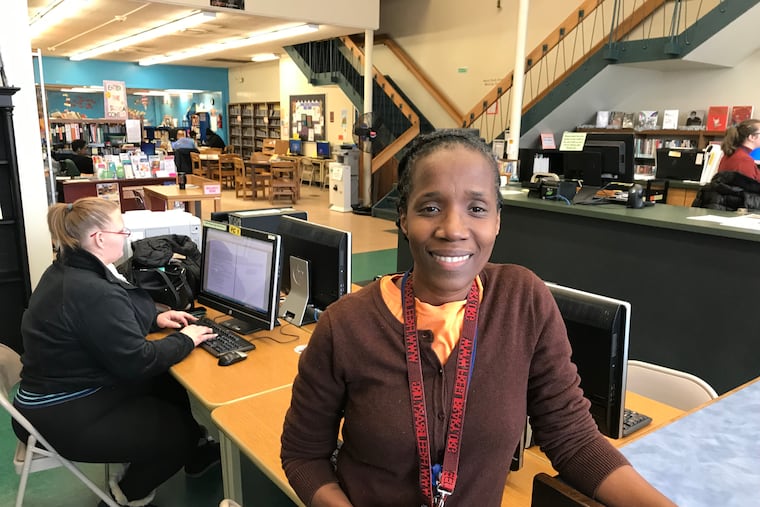In Comcast’s hometown, the chasm between internet haves and have-nots looks intractable, new census data shows
Poor people in Comcast Corp.'s headquarters city have limited access to the internet, Census data shows.

Poor people in Comcast Corp.'s headquarters city have limited access to the internet, Census data shows.
